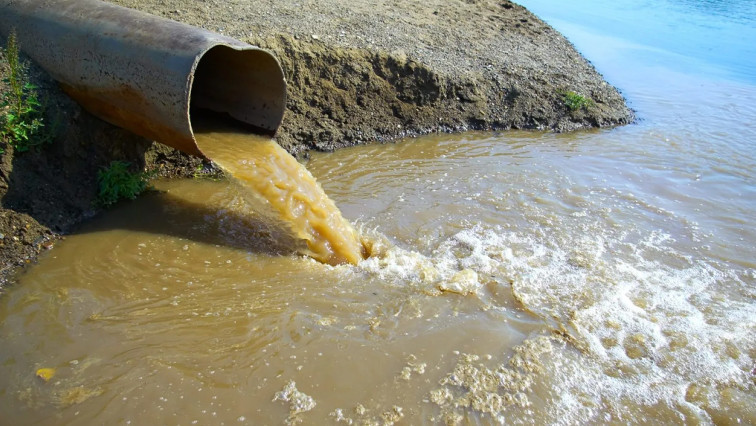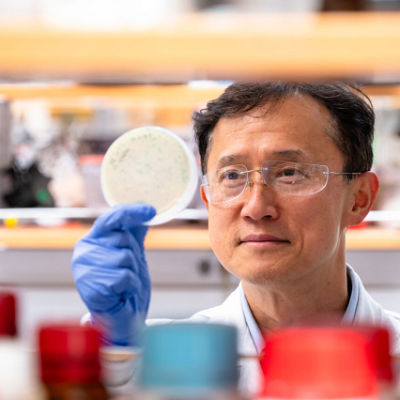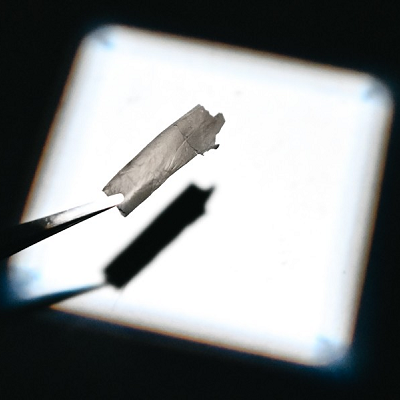“The graphene sensors are coated with a layer of aluminum oxide. To achieve the selectivity or specificity of the detection, we use gold nanoparticles with capturing functional groups on top of this dielectric layer,” explains PME professor and Argonne’s lead water strategist Junhong Chen. However, a hurdle in commercializing these types of functionalized field-effect-transistor (FET) sensors is the difficulty in quality assessment, since the sensors are just a few nanometers thick. When there is porosity present in the dielectric layer, electrical charge can accumulate, or even travel through the layer, which will compromise the sensors, and performance problems will be further exacerbated with exposure to water.
“Typically, quality control for this type of device involves measuring its electrical characteristics, such as transport curves and current-voltage [I–V] curves, but in many cases, this is not enough. Even if you have very uniform curves, these sensors may not necessarily demonstrate corresponding sensing performance. You need to also look into the quality of the dielectric layer to make sure we find uniform sensing responses beyond just the pure electrical transport measurements,” explains Chen.
The new approach developed by Chen’s team identifies high-performing devices by scanning with A.C. voltage at a wide range of frequencies to measure its impedance response. “We can find the specific threshold to differentiate good devices from bad devices by looking at the ratio of the capacitive and resistive impedance components,” says Chen. Furthermore, he says, this screening method can also indicate if there is a need to tune the manufacturing recipes used for the dielectric layer deposition, giving an opportunity to potentially improve manufacturing yield.
Read the original article on Chemical Engineering.







